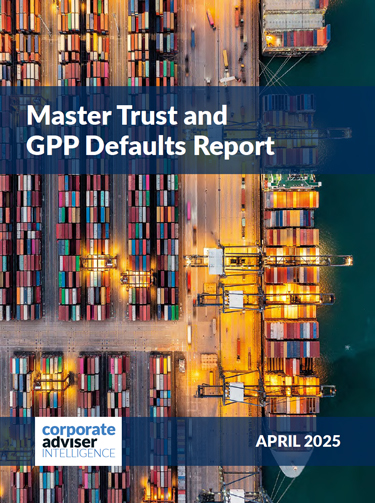Defined contribution (DC) pension strategies with higher equity allocations faced losses in Q1 2025 as markets fell.
According to Isio, portfolios with higher cash and lower equity helped limit losses, showing the value of cautious, de-risked strategies in uncertain times.
The year started well, boosted by hope around AI progress and supportive policies after a strong end to 2024. But this momentum faded quickly as worries about rising tariffs replaced expected pro-business actions, causing US stocks to fall, gold prices to rise, and investors to move away from US markets.
UK government bond yields stayed mostly steady over the quarter, though there were some ups and downs in March because of worries about public finances. Short-term bonds did better than longer-term ones. UK corporate and high-yield bonds made small gains, helping provide stability during market swings.
Isio investment director Sukhdeep Randhawa says: “Broadly, DC strategies with greater allocation to equities saw weaker performance over the quarter, and more diverse strategies provided some downside protection. However, it is worth noting that a couple of the all-equity provider defaults performed better, primarily due to their regional equity allocation and an underweight position in the US market, which proved beneficial.
“Looking at the longer term, higher equity allocations strategies continued to deliver stronger returns. Interestingly, one of the early adopters of private markets (despite maintaining one of the lowest equity allocations and incorporating defensive assets) has outperformed the peer group average over all time periods.
“In recent years, there appears to have been a shift towards shorter-duration assets, initially driven by concerns about the potential for rising interest rates and the desire to reduce volatility as members approach retirement. However, adjusting duration levels is not always straightforward, particularly for schemes heavily invested in passive strategies, which aim to track broader market indices and limit the provider’s ability to tailor underlying exposures to manage duration risk effectively.
“This inflexibility can pose challenges in matching assets with evolving member profiles or market conditions. To address this, some providers may explore using shorter dated passive strategies, incorporating active management, hybrid approaches, or utilising overlays to achieve the desired risk profile.”





